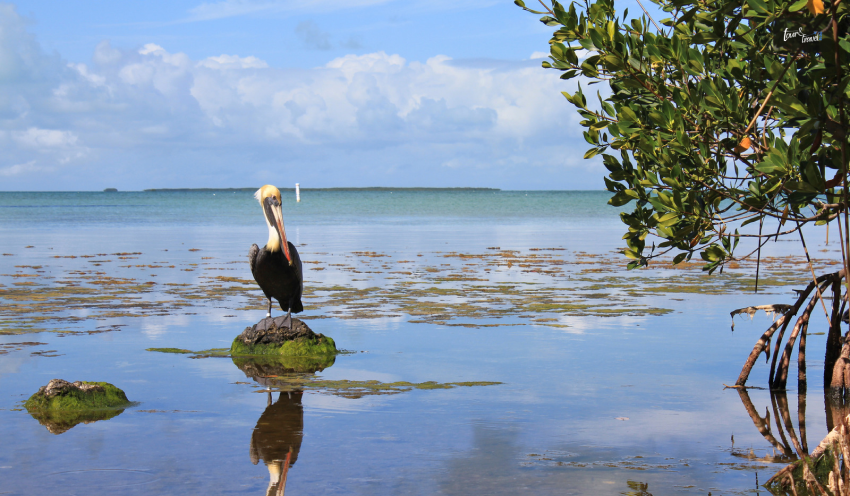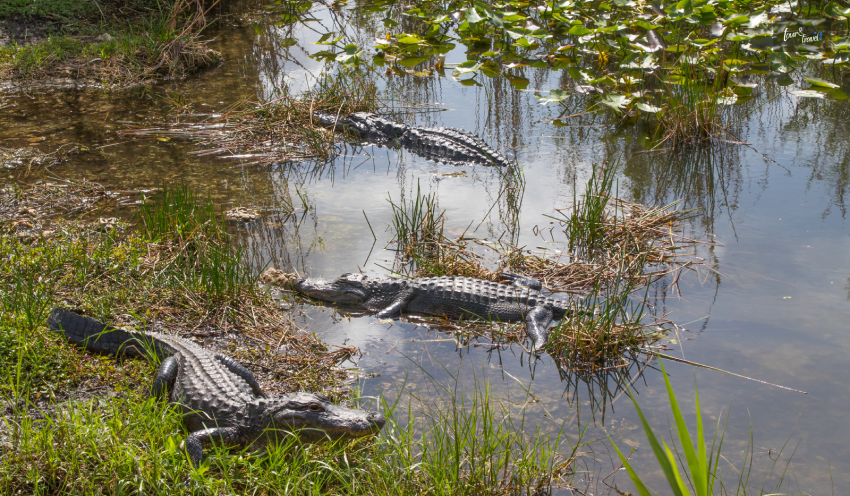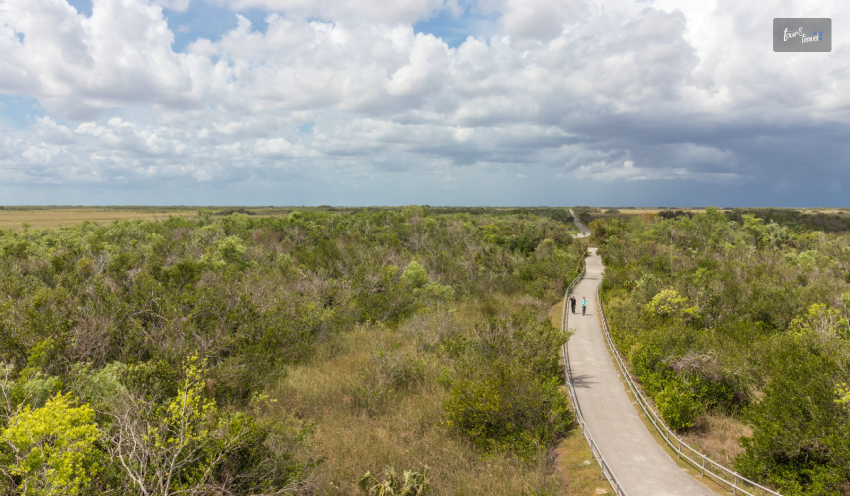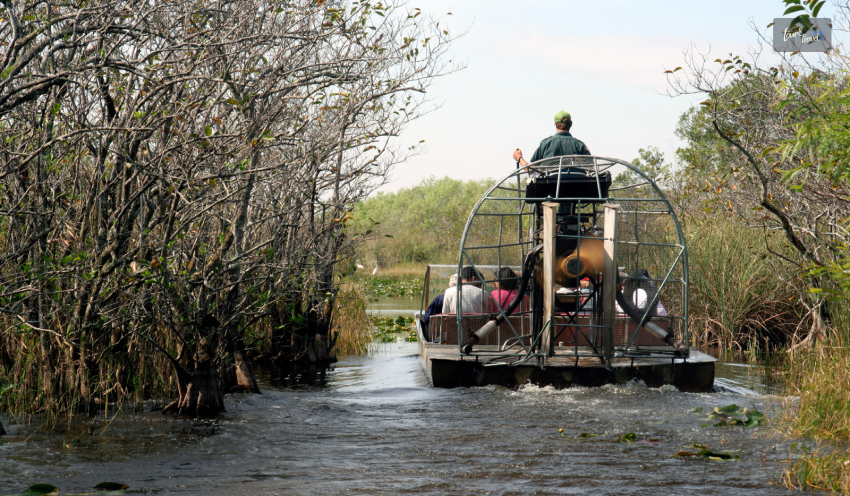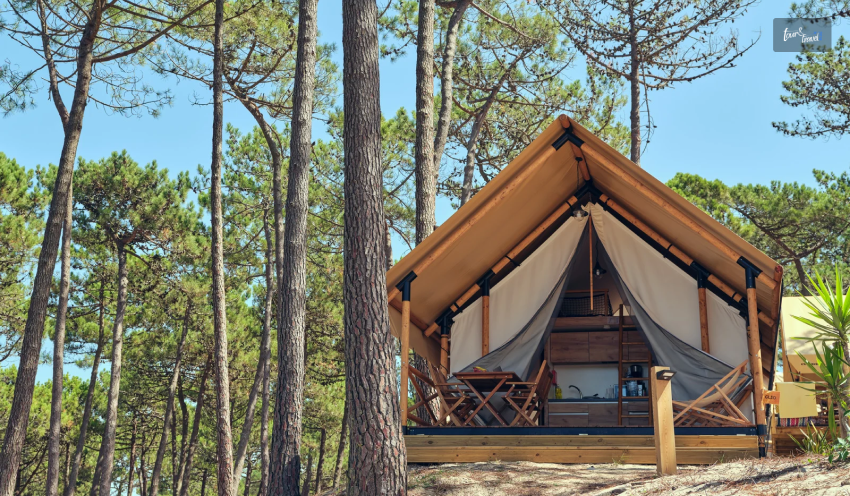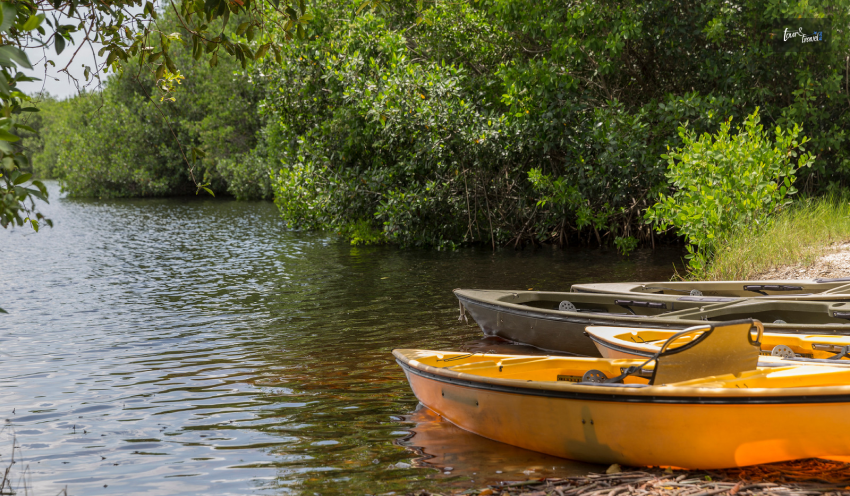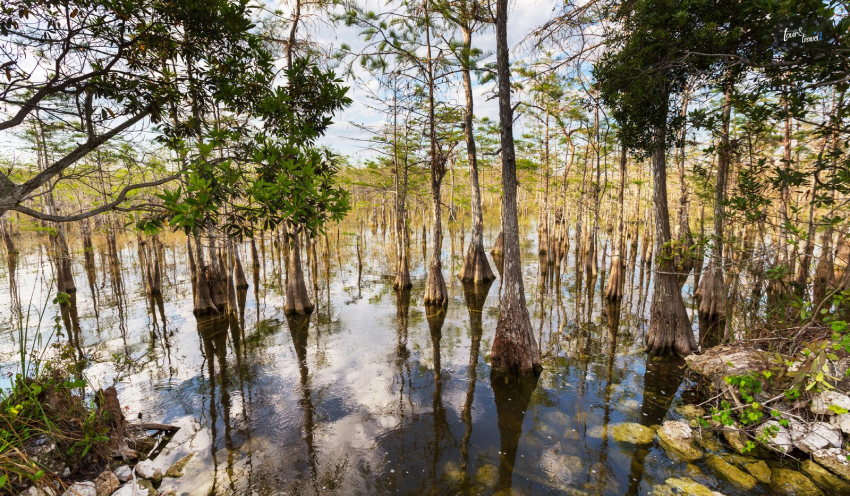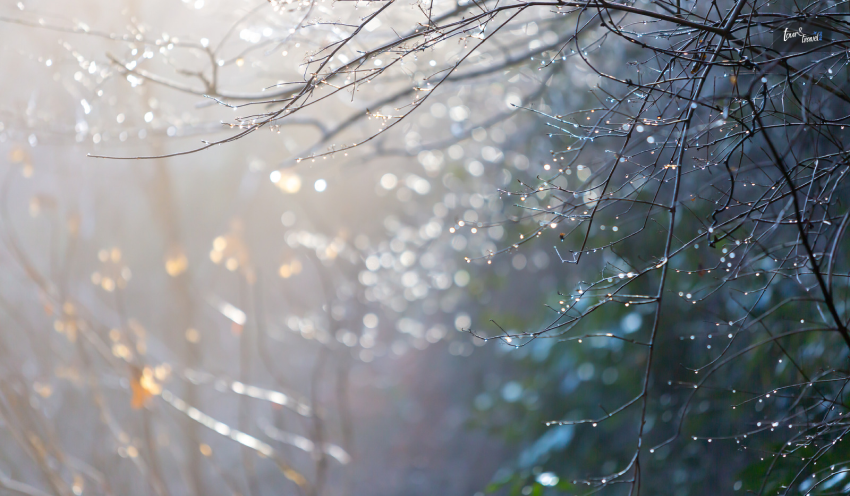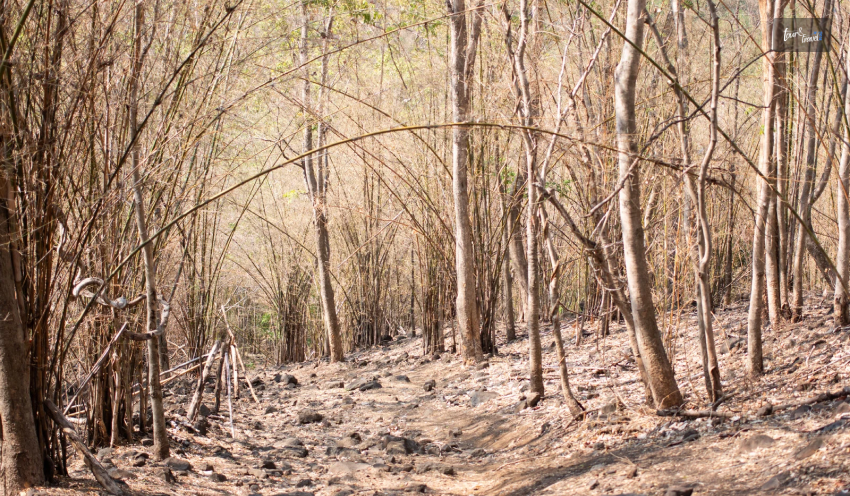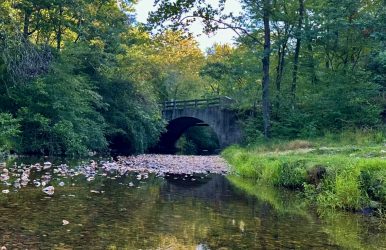Vatican Museums: Housing Extensive Art Collections Worth Billions | Vatican City Guide
BY Arnab Apr 11, 2023
The Vatican Museums was recently in the news for unveiling one of its restored masterpieces. Further, the unveiling on 15th August 2024 showcased the restored form of a stunning marble sculpture of the Greek God Apollo in the Pio Clementino Museum of the Museums. Now, the sculpture known as the “Apollo Belvedere” has inspired poets and artists across generations. Further, the statue had damage to the legs and knees. Along with repairing these damages, the restoration work also increased the stability of the statue. This type of restoration... is the expression of what we want the Vatican Museums to be. "A balance of tradition, linguistics and study, with a gaze that looks to the future."Barbara Jatta, Director, The Vatican Museums Furthermore, this Apollo Belvedere was one of the first masterpieces in the museum, and the way it depicts the curled hair and musculature is impeccable. Above all, along with the Apollo Statue, the Vatican Museums is home to some of the world’s most famous and historic museums, making it a must-see destination for visitors from around the globe. So, with its impressive collections spanning art, history, and culture, there are countless opportunities for exploration at the Vatican Museums. It has the best artifacts of ancient Egypt and Rome. Moreover, from guided tours to self-guided visits, here is a flavor of what you need to know about taking a tour of the region’s museums and what you might see. Did You Know?Pope Julius II brought the Apollo statue to the Vatican in the early 16th century.Further, the Apollo Belvedere statue in the Vatican Museums is an emulation of a Greek bronze statue.Moreover, The Vatican Museums is the most consistent source of income for the Holy See's. Every year, the museum has around 7 million visitors and it generates a yearly revenue of $100 million. The Guided Tour Of The Vatican Museums One of the most popular ways to tour The Vatican's Museums is by taking a guided Vatican tour. These can provide visitors with an expert guide who can take them through the galleries and explain the art, history, and culture in each room. Tour guides will typically provide details about the artwork, architecture, and artifacts throughout the museum. If you want the information in addition to taking in all the magnificent sights, then this is a good way to get it into your head and have something of interest to take to the dinner party table back home. Guided tours typically cost a few extra Euros, but they are well worth the money. You cannot beat having some direction when visiting museums that are full of interest. Self-Guided Tour Of The Vatican Museums If you would rather explore The Vatican's Museums yourself, you can also opt for a self-guided tour. Self-guided visits allow tourists to explore their surroundings individually and at their own pace, as well as focus on what interests them most. Of course, you will need to purchase any tickets in advance, and all visitors must adhere to the museum’s dress code if they have one. If you have elderly family members who may struggle to keep up with the pace of the younger tourist, or you have children with particular educational interests, then it is good to be able to stroll around at your leisure. It does provide the opportunity to only explore what you are most interested in as a smaller group or perhaps a couple. Main Attractions These museums are home to some of the most iconic and historic collections in the world. The Sistine Chapel, for example, is an exquisite chapel decorated with artwork by Michelangelo that is sure to take your breath away. Other attractions include ancient sculptures and frescoes, galleries featuring European masterpieces, and more. Different Vatican Museums The Vatican Museums are composed of several different museums, each with its unique collection. The Pio-Clementino Museum, for example, is focused on antiquities and sculptures from Ancient Rome and Greece. Other museums include the Pinacoteca, which features European paintings from the 13th to 19th centuries; and the Etruscan Museum, which is devoted to the art of the ancient Etruscans. Regardless of how you choose to explore, it is sure to be a memorable experience. With its stunning artwork and historic artifacts, visitors are able to gain insight into some of the world's most renowned collections. Gregorian Egyptian Museum Gregorian Etruscan Museum Pio Clementino Museum Chiaramonti Museum Lapidary Gallery New Wing Gregoriano Profano Museum Lapidario Profano ex Lateranense Pius-Christian Museum Christian Lapidarium Jewish Lapidarium Pinacoteca Ethnological Museum Anima Mundi Carriage Pavilion Christian Museum Profane Museum Room of the Aldobrandini Wedding Chapel of St. Peter Martyr Collection of Modern and Contemporary Art Sistine Chapel Raphael's Rooms Borgia Apartment Niccoline Chapel Chapel of Urban VIII Room of the Immaculate Conception Room of the Chiaroscuri Before you visit the Vatican Museums in person, you can also take a virtual tour by visiting its official website. Further, you will enjoy a 360-degree view of the different museums and their masterpieces. Moreover, the site has an online catalog that you can go through for an easy, self-guided tour. Also, there are so many things to see that you will need at least 4 to 5 hours to complete a tour of the museum. Main Attractions Of The Vatican Museums These museums are home to some of the most iconic and historic collections in the world. The Sistine Chapel, for example, is an exquisite chapel decorated with artwork by Michelangelo that is sure to take your breath away. In many ways the ceiling is a compendium, of Michelangelo’s art, of the Renaissance, of Christian theology. Like Beethoven’s Ninth Symphony or Shakespeare’s Hamlet, the ceiling is a transcendent work of genius that can never be exhausted through looking or describing. In the words of Goethe: “Until you have seen the Sistine Chapel, you can have no adequate conception of what man is capable of accomplishing.William E. Wallace, Michelangelo: The Complete Sculpture, Painting, Architecture Moreover, other attractions include ancient sculptures and frescoes, galleries featuring European masterpieces, and more. Collections To Remember At The Vatican Museums With its incredible collections and fascinating history, a visit to the Vatican Museums should definitely be on the bucket list of every avid traveler. After all, it is one of the world’s greatest cultural sites! So, most sections of the Vatican Museums have several masterpieces. Vatican Museums MasterpiecesGregorian Egyptian MuseumVatican NaophorousShroud of the “Lady of the Vatican”Sarcophagus of DjedmutGregorian Etruscan MuseumLarge Wall FibulaCalabresi AmpouleMars of TodiPio Clementino MuseumApoxyomenosApollo BelvedereRiver God ArnoGregoriano Profano MuseumAthena and MarsyasMarble from the ParthenonJulius CaesarPinacotecaMelozzo da Forli, An Angel Playing the LuteLeonardo Da Vinci, St. JeromeEthnological MuseumPukumani Grave PostsPhoenix Crown Throughout the centuries, the Catholic Church and the papacy have curated and preserved artwork from the world in the Vatican Museums. Moreover, in the UNESCO World Heritage Site of Vatican City, this museum is a wonderful fusion of archaeology, art, and history. Read Also: Top Places To Visit In Italy On Your Next Travel Escapade LoraNocarter+Absecon: 10 Best Things To Do There Six Things To Do If You’re In Pigeon Forge

